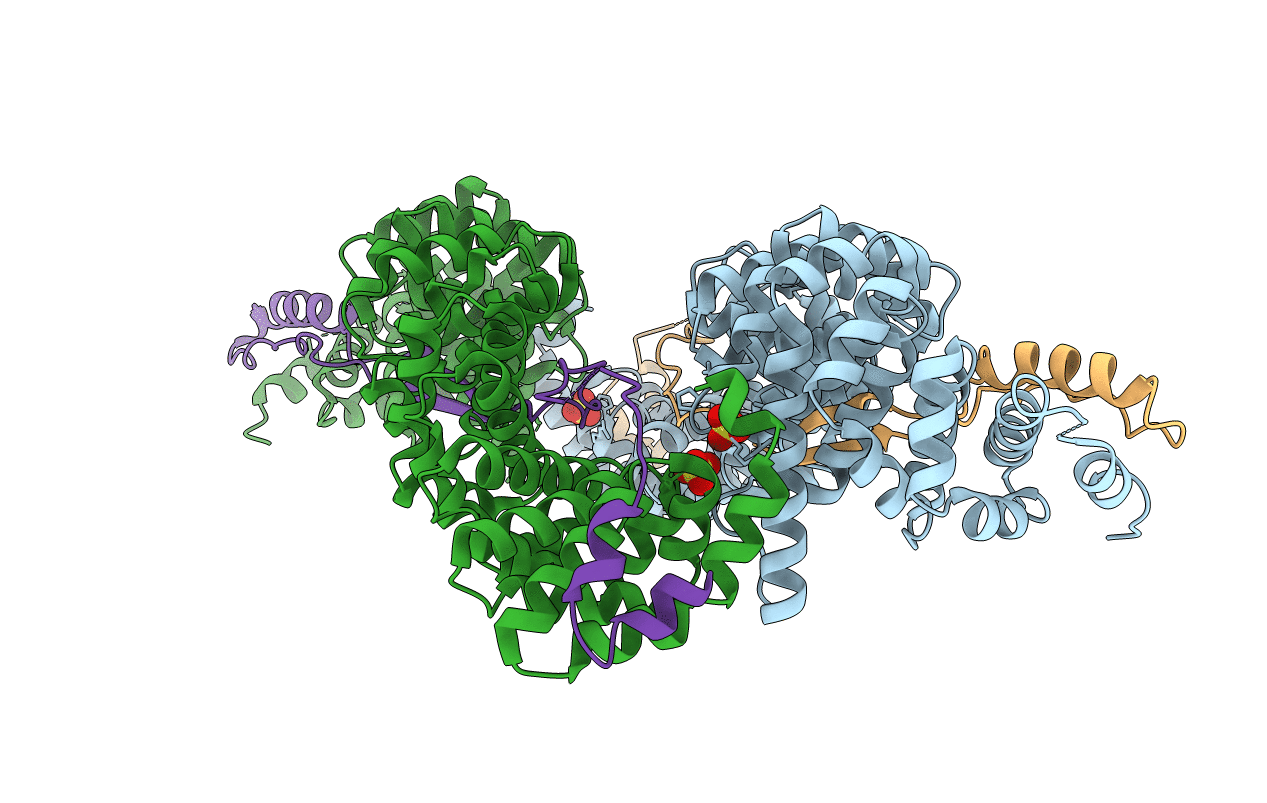
Deposition Date
2009-07-24
Release Date
2009-09-15
Last Version Date
2024-11-27
Entry Detail
PDB ID:
3IFQ
Keywords:
Title:
Interction of plakoglobin and beta-catenin with desmosomal cadherins
Biological Source:
Source Organism:
Homo sapiens (Taxon ID: 9606)
Mus musculus (Taxon ID: 10090)
Mus musculus (Taxon ID: 10090)
Host Organism:
Method Details:
Experimental Method:
Resolution:
2.80 Å
R-Value Free:
0.26
R-Value Work:
0.19
R-Value Observed:
0.20
Space Group:
P 1 21 1


